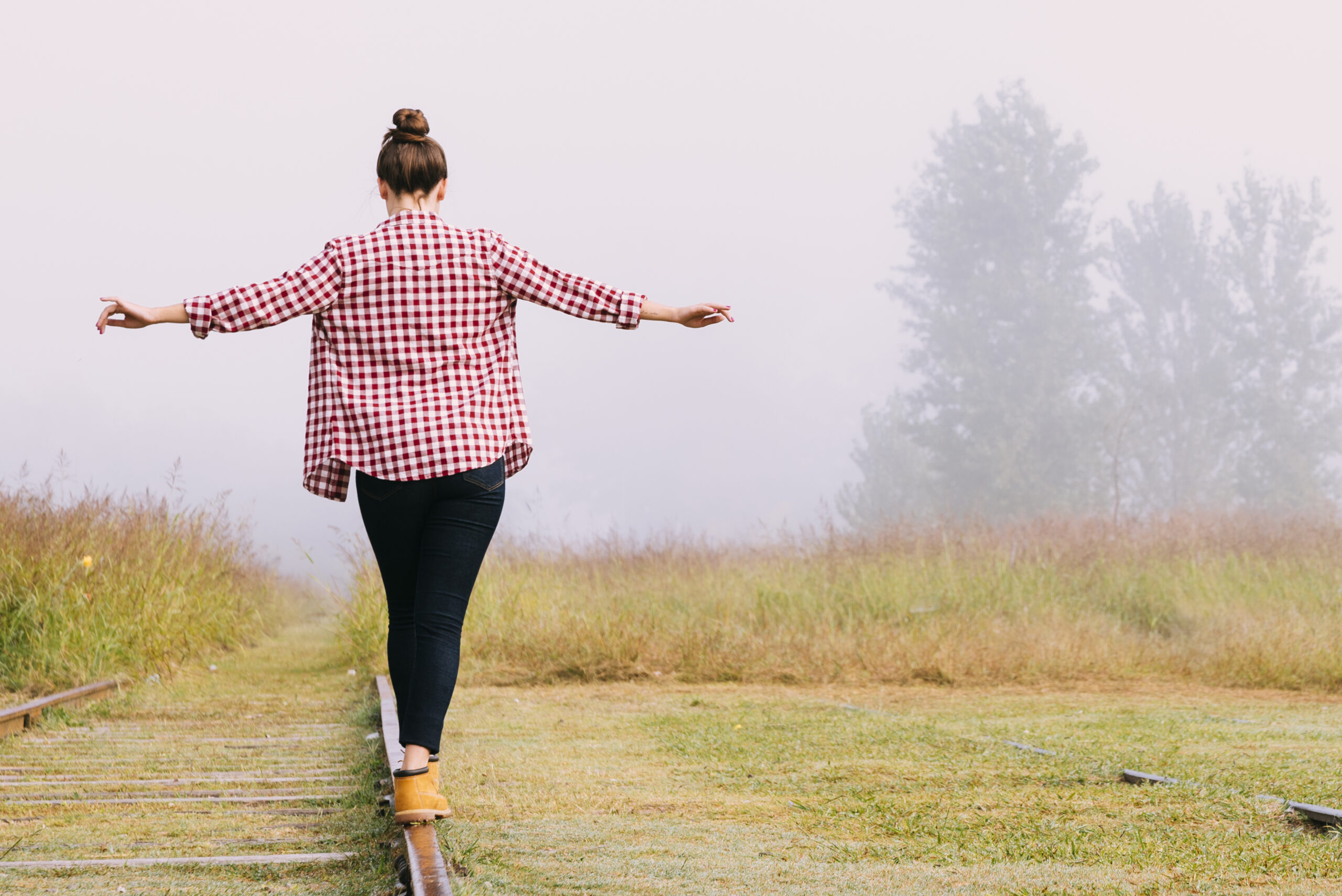As we grow older, maintaining balance becomes increasingly important—but also more challenging. A decline in balance is a normal part of aging, yet it’s one of the most significant risk factors for falls, injuries, and loss of independence. The good news? There are strategies you can use right now to improve your balance and reduce your risk.
Why Balance Matters
Balance isn’t just about muscles—it involves your brain, nervous system, vision, inner ears (vestibular system), and sensory input from your feet and joints. When one or more of these systems weakens, your stability can suffer.
Fortunately, the brain has remarkable plasticity, meaning it’s never too late to improve coordination and stability through targeted exercises.
A Simple Exercise to Try: “The Clock”
One of the easiest and most effective balance exercises is what doctors often refer to as the “Clock” technique. It works your proprioception (sense of body position), leg strength, and coordination.
How to do it:
Stand on a flat, stable surface near a wall or sturdy chair for support.
Stand on one leg and imagine you’re in the center of a clock face.
Slowly extend your free leg toward 3 o’clock, then bring it back to the center.
Repeat for 6 o’clock, 9 o’clock, and so on—switching legs as needed.
This exercise not only challenges your balance but also activates your brain by engaging multiple systems at once.
Other Activities
Incorporate these practices into your weekly routine:
Tai Chi – Improves coordination and focus.
Yoga – Builds core strength and flexibility.
Pilates – Enhances postural control.
Resistance Training – Strengthens key muscle groups for stability.
These activities have been shown to reduce fall risk and promote better neuromuscular control.
Safety Starts at Home
Many falls occur not because of physical weakness, but due to environmental hazards or poor preparation. We would recommend the following home safety checks:
Install grab bars in the bathroom.
Use non-slip mats on tile and wood floors.
Ensure handrails are sturdy and reachable.
Keep pathways, especially to the bathroom, clear and well-lit.
Store frequently used items within easy reach.
Consider Assistive Devices Without Shame
Some people resist using canes or walkers out of pride or fear of appearing frail. But these tools can prevent serious injuries. It’s far better to use a cane with confidence than risk a life-changing fall.
Know When to Seek Help
If you notice your gait has become uneven, or you feel unsure on your feet, it’s important to consult a healthcare professional. A physical therapist or neurologist can:
Evaluate your balance systems.
Identify any deficits in sensory processing or muscle strength.
Design a tailored exercise program to reduce your risk of falling.
Proactive, Not Reactive
The key to preventing falls is being proactive. Don’t wait until an accident happens to start caring about balance. With regular practice, attention to your surroundings, and a commitment to staying active, you can improve your stability and maintain your independence for years to come.
Remember: Healthy balance is a lifelong skill—and with a little intention and practice, it’s a skill you can always improve.
